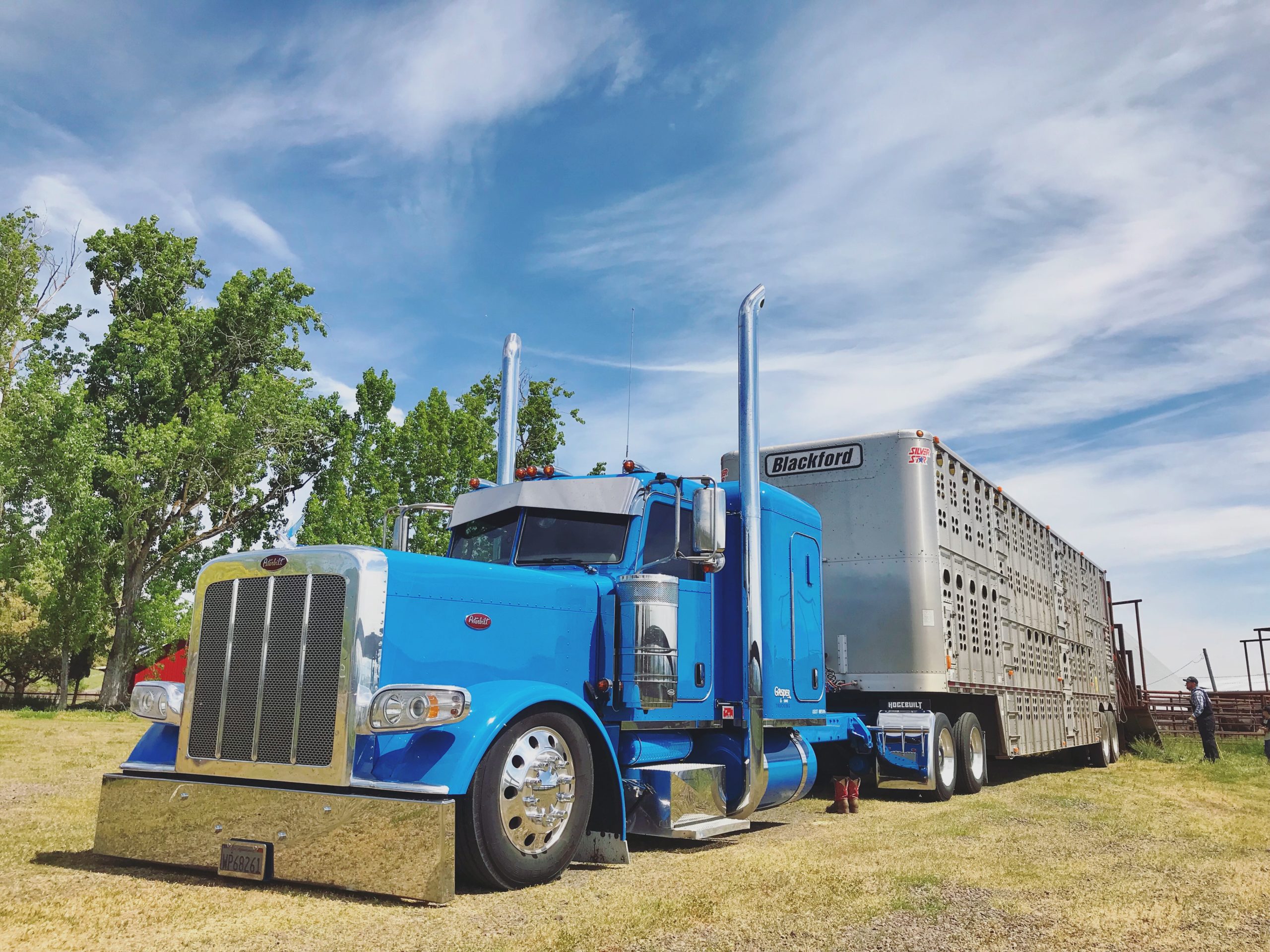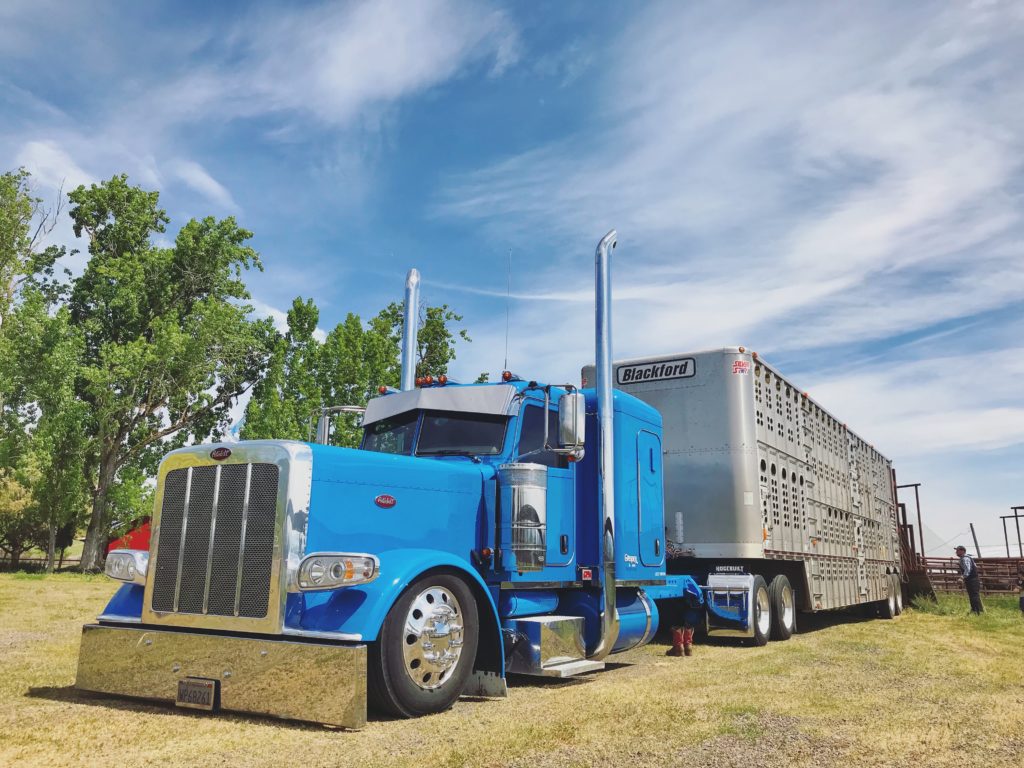
The Saga of Hauling Cattle
Hauling Cattle Across State Lines
When setting out to haul cattle across state lines, one must apply for a permit. The Pasture to Pasture Movement Permit must be submitted to the Department of Agriculture. For some ranchers they keep all cattle within one state, but for others, pasturing in multiple states is just part of their business model. You are asked to submit the application at least 20 days prior to hauling the cattle.
The application is simple to complete and its purpose is to protect the health of native herds. The State wants proof of Brucellosis Vaccination for all of the females. You have to show test results of the bulls testing negative for Trichomoniasis. This also serves as a way to protect ranchers from cattle theft. Providing your brand, its location and ear mark allows state officials to identify your herd.
Brand Inspection
Once you have a date in mind that you would like to haul your cattle, based on the feed, the person receiving them, availability of cattle truck driver, it is time to call the State Brand Inspector. The State Brand Inspector comes within a short window prior to shipping the cattle. They will need to see the signed Pasture to Pasture permit and they will want to have eyes on the cattle, checking all of their brands and getting a head count. The rancher pays for the inspection, a flat service fee for the inspectors time and $1.15 per head for each animal inspected. Again, this is a precaution taken to reduce cattle theft.
Cattle Inspected & Ready to Haul
After the brand inspector hands you the inspection paperwork you are ready to load your truck. Carefully, you separate the cows and calves into two separate bunches. This assures that calves are in a space more adequate for their size. The cows would easily trample on a calf if they were all together.
Why is weight important when hauling cattle?
Depending on where you are hauling cattle, each state has a different maximum weight set depending on the amount of axles and the space between them. When hauling cattle in California your weight must be 48,500 pounds or less and the length of your trailer cannot be longer than 48 feet.

Hauling Cattle in a Semi Cattle Trailer
When you are simply hauling cattle from pasture to pasture, you aren’t as concerned about their weight. We pay by the head per month rather than on the pound that the animal gains while grazing that land. There isn’t a reason to run every animal across a scale and take note of their weight. Therefor, it is up to the eye to judge about how much the animals weigh. We want the truck to arrive at the nearest scale, under the maximum weight. Then the driver won’t receive a ticket. This year, our good friends that take care of our cattle while they are grazing their land down south mentioned how well the cows did. The morning of loading the truck they called and said they might have to hold a few pair back. We’d go down with a gooseneck trailer to get them at a later time.
Overloaded
The driver we hired to haul our cattle did some quick mental math and thought he was good to take all of them. They loaded him up as he requested. By the time the driver hit the highway, he knew he had made a mistake. He gave me a call to say he was 10,000 pounds overloaded. His game plan was to unload a few cows and calves in Orland, California and bring them up in the morning.
As explained before, we put the cows and calves in different areas of the trailer to keep them all safe during transportation. The quickest solution was to let six mother cows and six calves off of the truck, rather than unloading the entire truck, letting all of the cattle sit until all calves found their mother’s, pulling six pair off into another pen, then separating the cows from the calves again to reload. He gave them feed and water so they were taken care of for the night and hopped back in to finish the haul.
Good Momma’s
When the cattle truck arrived at our corrals we unloaded them into a small pen to let the calves find their mother’s. The normal drill is to wait until everyone has quieted down, but this load was a different animal. We had six momma’s that didn’t have their babies and six babies that didn’t have their momma’s. Thankfully, the driver doubled back and the next day everyone was reunited. For ten or so hours though, we had twelve unhappy critters. Hindsight, I should’ve jumped in our stock trailer and ran down to get those animals. Then they wouldn’t have had to be a part that long. Although, once they arrived, everyone paired up quickly and they were on their merry way. It is just another day in the life of a modern day rancher where we are juggling off-ranch jobs, kids, and cattle.